
China's quality approach to domestic versus exported products seems to be a lose-lose situation.

China's quality approach to domestic versus exported products seems to be a lose-lose situation.
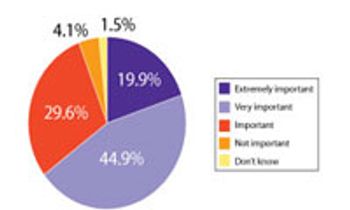
A recent Pharmaceutical Technology survey examined the level, sources, and reasons behind innovation in drug development and manufacturing. This article contains bonus online-exclusive material.
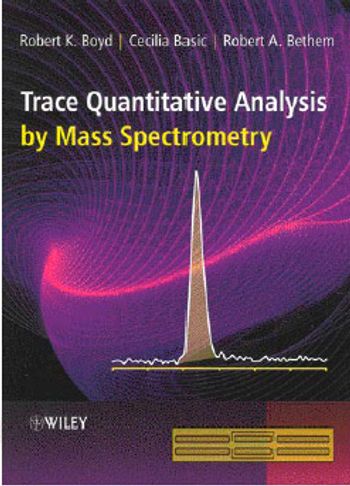
A book about pharmaceutical analysis engages the reader with history and unexpected asides.
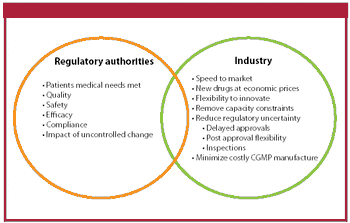
The authors review the current regulatory framework for the selection of drug substance starting materials.
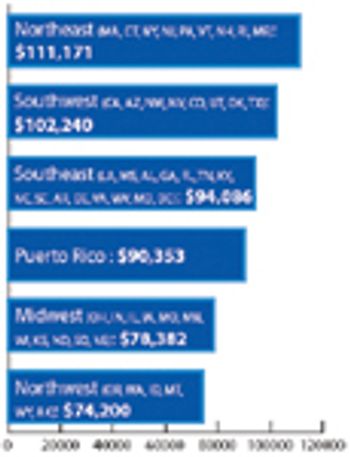
Results from Pharmaceutical Technology's Annual Employment Survey.
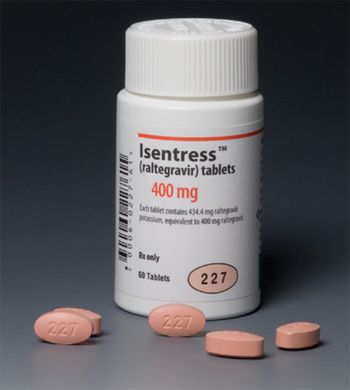
Pharmaceutical Technology is pleased to recognize the winners of its Innovations in Pharma Science Awards.

How has pharmaceutical manufacturing validation influenced analytical instrument qualification during the last 20 years and what are the emerging trends for the future?
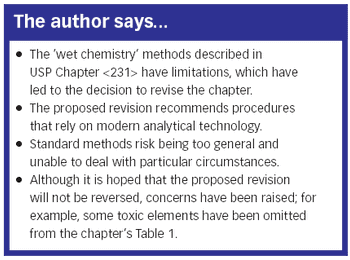
The closing date for comments to be received by the US Pharmacopeia (USP) for proposed revisions to Chapter <231>, which deals with analysis of heavy metals, is 15 December 2008. The USP has been working towards for approximately 4 years and the task has not been easy.
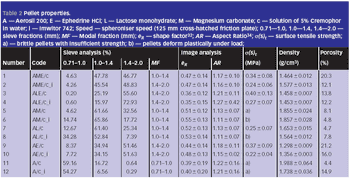
Microcrystalline cellulose is the main excipient used in the industrial manufacture of pellets by extrusion/spheronization, but pellets containing this spheronizing aid do not readily disintegrate and are expensive.
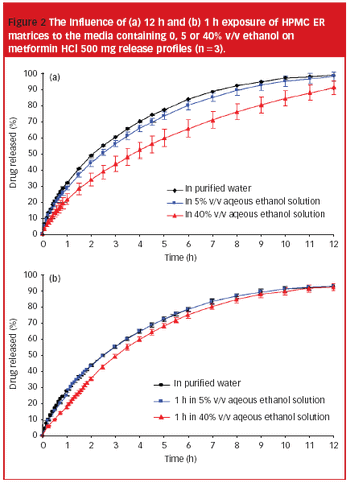
Research shows that both drug prescription and alcohol consumption increase within the elderly population. It is, therefore, necessary to fully understand the impact of alcohol consumption on solid oral dosage forms, especially extended release formulations.

Also, Johnson & Johnson will acquire Omrix Biopharmaceuticals for $438 million; Charles River Laboratories promoted Foster Jordan to corporate senior VP of endotoxin and microbial detection products; more...

Companies at the American Association of Pharmaceutical Scieintists (AAPS) unveiled technologies, expansion plans, and services for formulation development, manufacturing, and drug delivery at the AAPS Annual Meeting and Exposition held in Atlanta last week.

The American Association of Pharmaceutical Scientists (AAPS) recognized researchers in the pharmaceutical sciences at AAPS Annual Meeting and Exposition in Atlanta last week.

Also, BASi opens European office in Warwickshire, UK; Acusphere's Howard Bernstein Resigns; More...

US marshals seized 11 lots of heparin from Celsus Laboratories (Cincinnati, OH) at the request of the US Food and Drug Administration.

Also, Patheon opens new European headquarters, Cynvec appoints Frank D. Stonebanks president and CEO, more...

Also, Sartorius Stedim Biotech GmbH to acquire Wave Biotech; AstraZeneca's John Patterson to retire; more...

This review provides an update of how dendrimer technology is being applied to the development of novel systems for various topical delivery applications.
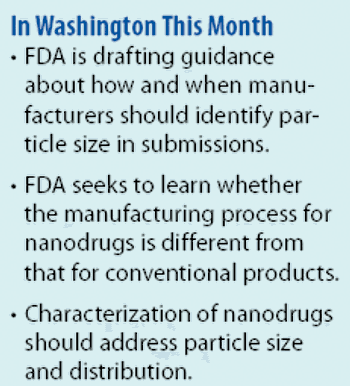
Policymakers weigh new rules to ensure the safety and quality of drugs made with tiny particles.

Optimizing the solid form of a drug reaps scientific and technical awards.

A well-balanced guide to industrial bioseparations provides valuable information.
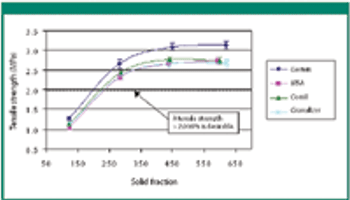
The authors evaluate the effect of various mill types on particle-size distribution, flowability, tabletability, and compactibility.

The authors examine the effectiveness of an excipient comprised of mannitol, polyvinyl acetate, and crospovidone using model actives loperamide hydrogen chloride and caffeine.
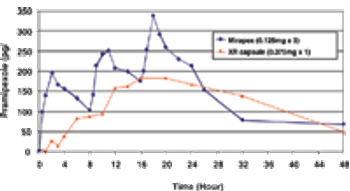
Novel hydrophobic bioadhesive polymers and dosage designs are now available to effectively achieve tailored release kinetics of a broad range of drugs to meet the clinical needs.

Pharma companies could benefit from the lessons learned in this fall's financial crisis.